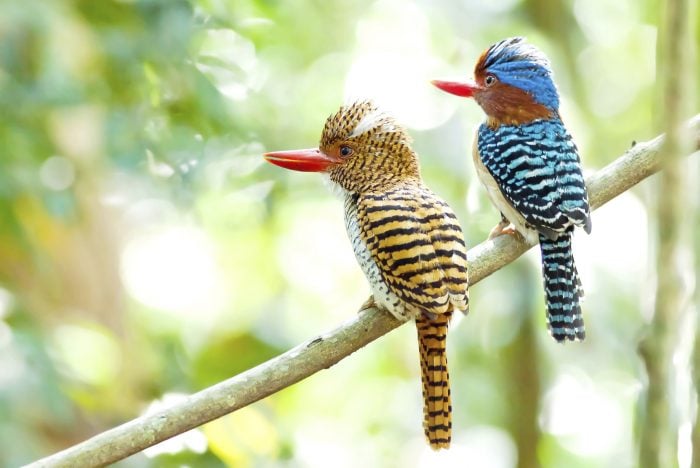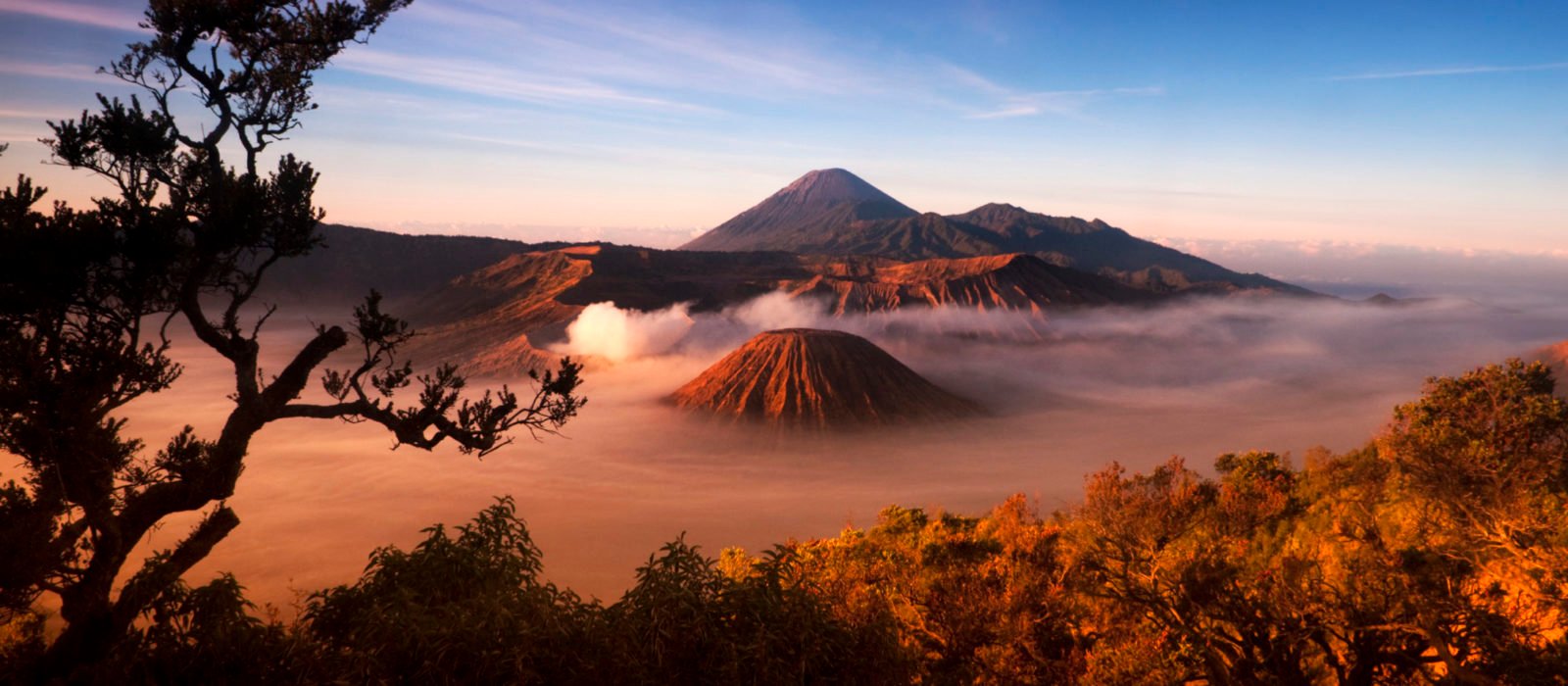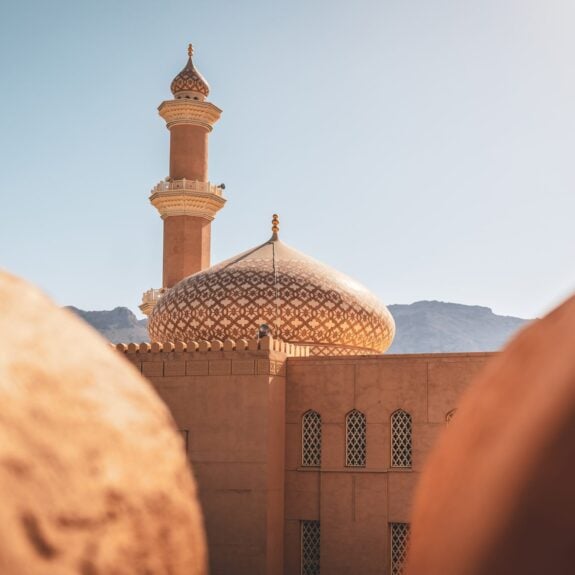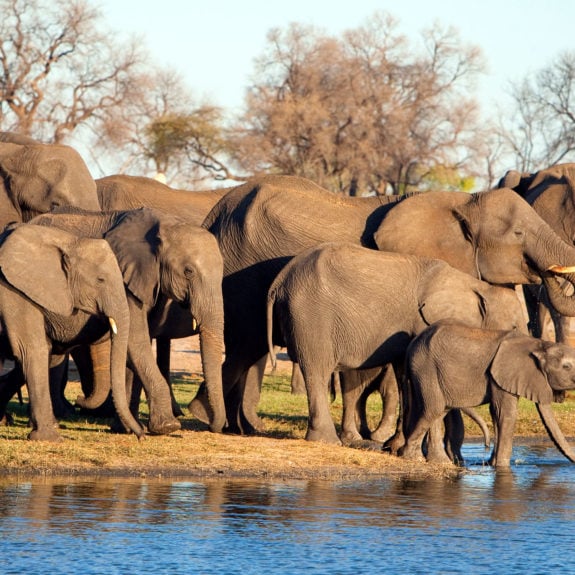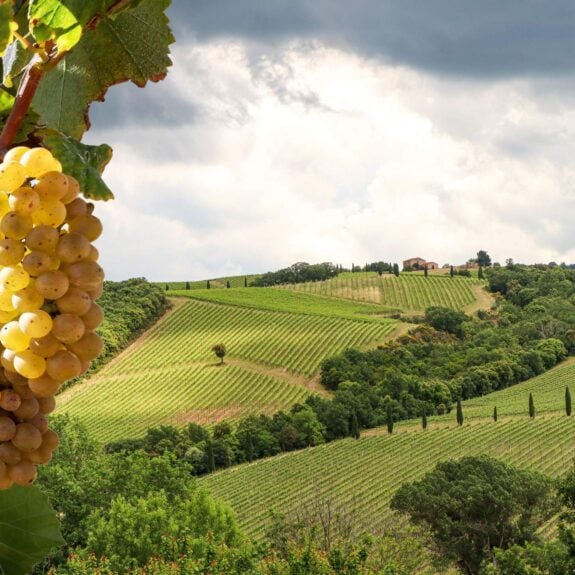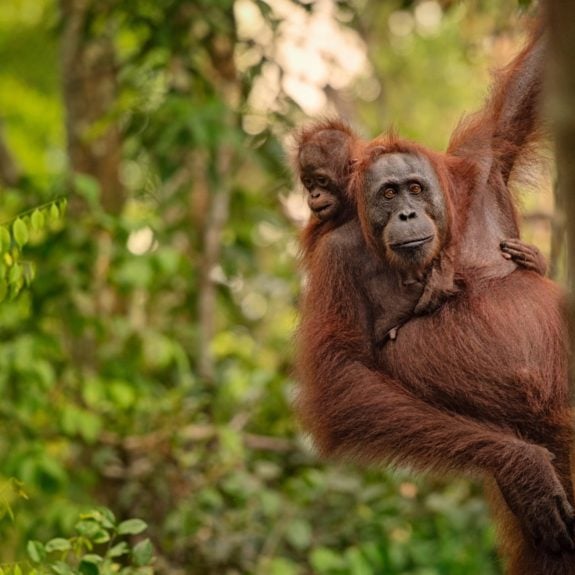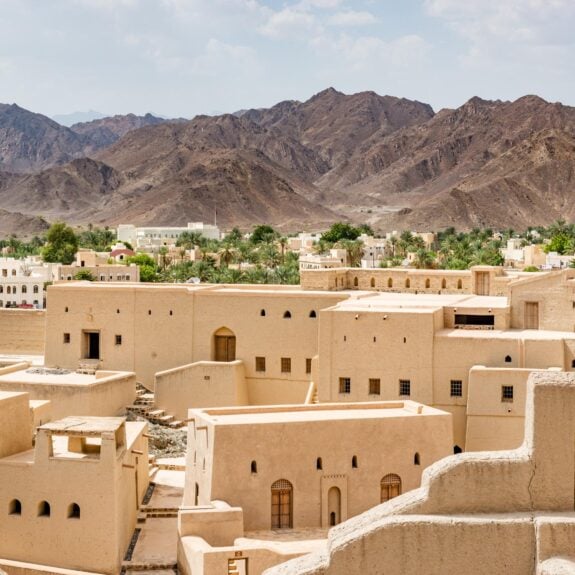Published on: October 14th, 2014
Last modified: January 20th, 2022
Southeast Asia is home to a great many national parks covering a diverse range of landscape and wildlife, but we’ve chosen ten that stand out for their unique and incredible environment.
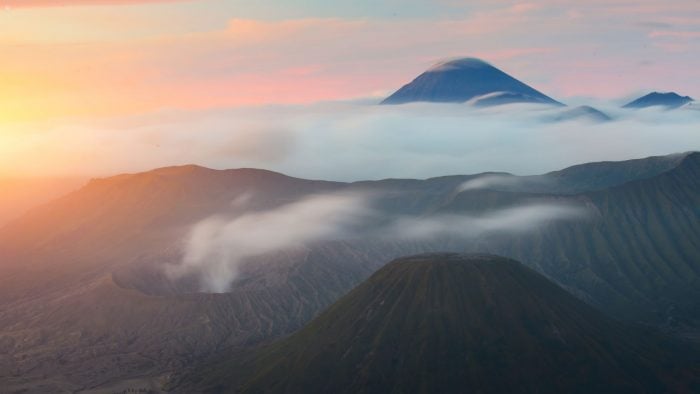
Bromo Tengger Semeru National Park
Java, INDONESIA
The active volcano Mount Bromo sits amongst Java‘s Tengger massif – rising to 2,329 metres – and is surrounded by the vast desert-like landscape known as the Sea of Sand. See sunrise over Bromo, then trek or ride on horseback across the sandy plain to climb Mount Bromo itself. At Bromo’s peak walk around the crater as you look out across the vista of Bromo Tengger Semeru National Park and beyond.
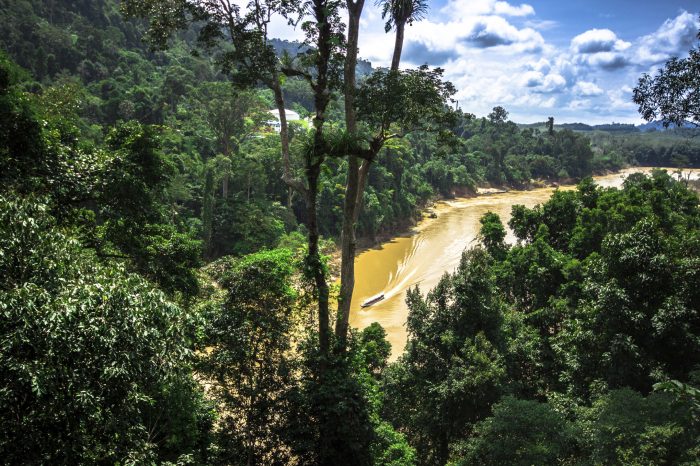
Taman Negara National Park
MALAYSIA
Sprawling across 4,343 square kilometres, the world’s oldest rainforest Taman Negara encompasses each of Malaysia’s forest habitats, from lowland rainforest to highland cloud forest, and is also the setting for one of the world’s longest canopy walkways. Nature trails wind through the park to caves, waterfalls and an Orang Asli settlement, with resident wildlife to seek out too, from the elusive tigers and Sumatran rhinos, to the much more commonly sighted gibbons, hornbills and eagles.
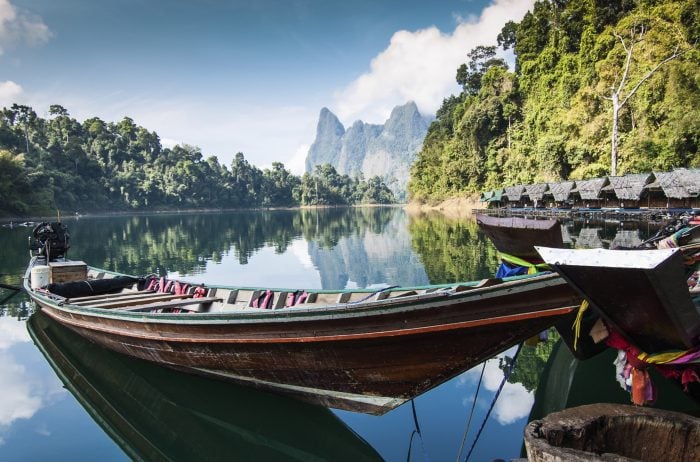
Khao Sok National Park
THAILAND
In southern Thailand’s Surat Thani province, this 739-square-kilometre national park contains the world’s oldest evergreen forest throughout deep valleys and amongst limestone mountains, with waterfalls, caves and lakes hidden amongst them; most notably Cheow Lan lake, which stands out for its unique floating raft houses, as well as its sheer beauty. Set out on a kayak or trek through the jungle to spot wildlife, such as wild elephants, spectacled langur monkeys and the hornbill.
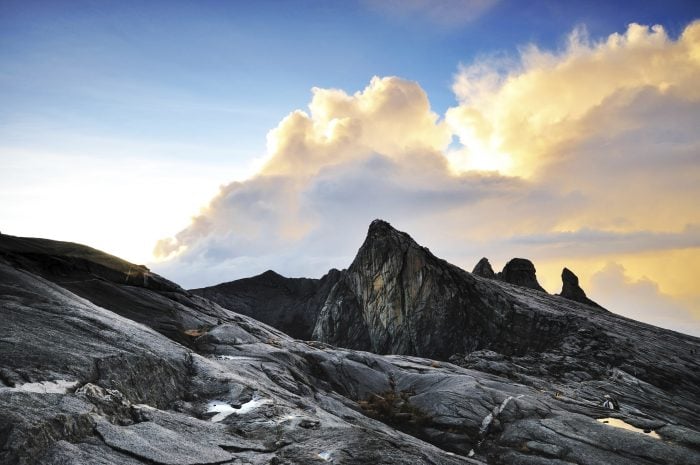
Kinabalu National Park
Sabah, BORNEO
As Malaysia’s first UNESCO World Heritage Site to be named and one of the nation’s first national parks, Kinabalu National Park is believed to be among the world’s most important biological sites with more than 4,500 species of flora and fauna, including many endemic species. The park’s four climate zones cover 754 square kilometres, at the centre of which is the 4,095-metre Mount Kinabalu; Borneo’s highest peak.
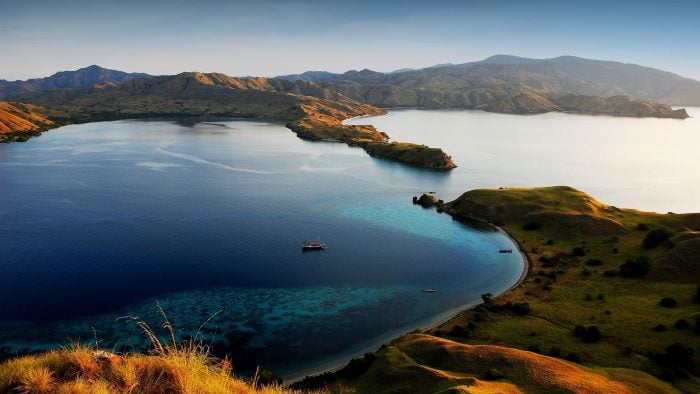
Komodo Island National Park
Komodo, INDONESIA
This UNESCO World Heritage Site and national park covers 1,733 square kilometres, encompassing the three volcanic islands of Komodo, Padar and Rinca, alongside 26 smaller islands and the surrounding waters. The islands are best known for being home to the world’s largest lizard, the Komodo dragon, and the national park was even established principally to protect this endemic species. Now, many more land and marine species have been recognised for their importance from the islands’ savannah, mangrove and cloud forest, and the surrounding waters, which are home to marine life like whale sharks and manta rays.
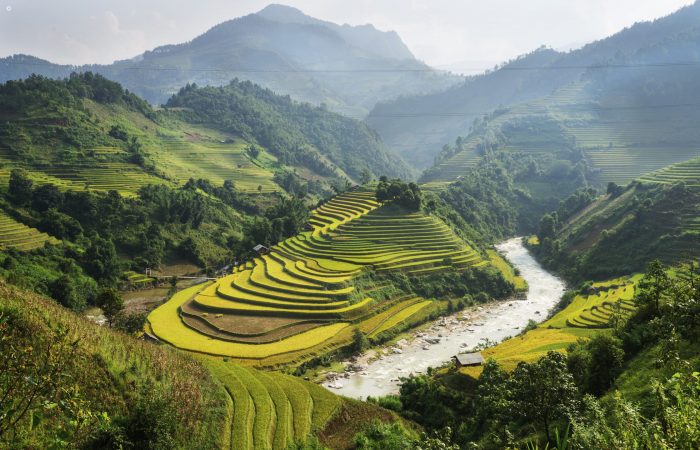
Hoàng Liên National Park
VIETNAM
In Vietnam’s exceptionally scenic district of Sapa, Hoàng Liên National Park covers 30 square kilometres of land within the Hoàng Liên Son range, including the country’s highest mountain Fansipan, which rises 3,142 metres above sea level. Temperate and sub-temperate rainforest blankets the mountain range, creating the ideal environment for a great abundance of flora and fauna, including as many as 347 bird species.
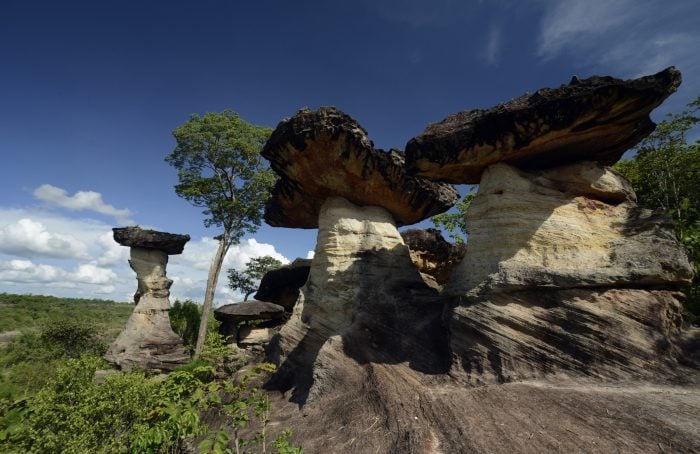
Pha Taem National Park
THAILAND
In the Ubon Ratchathani province of Thailand, this 340-square-kilometre national park incorporates tropical lowland rainforest and the Pha Taem cliff where 3,000-year-old rock art can be seen and from the top of which you can see into Laos. Waterfalls, such as the 25-metre Nam Tok Soi Sawan are dotted throughout the forest, as well as the park’s iconic mushroom-shaped rock formations and Thailand’s largest flower field.
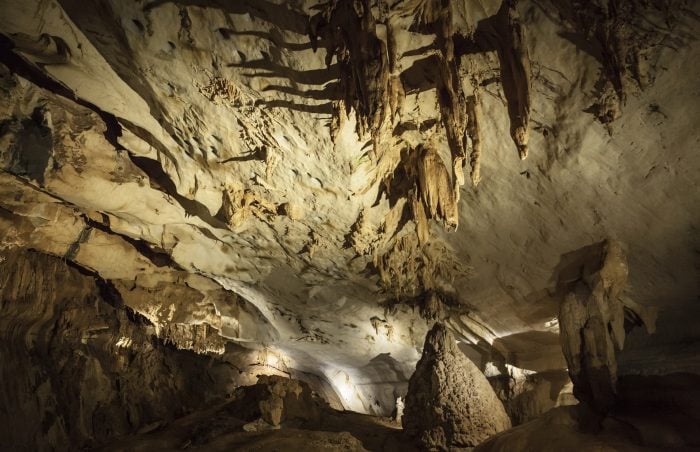
Gunung Mulu National Park
Sarawak, BORNEO
Close to Miri in Sarawak, this UNESCO World Heritage Site is made up of the sandstone peak Mount Mulu, enormous caves and karst formations that are a part of vast cave networks, as well as cliffs and gorges; all in an equatorial forest setting. The surrounding forest is home to eight species of hornbill and mammals such as the small Malaysian sun bear. Due to its remote location, the only way to reach Mulu is by taking a short flight from Miri, but once you’re there the opportunities for ecotourism and cave exploration make the journey worthwhile.
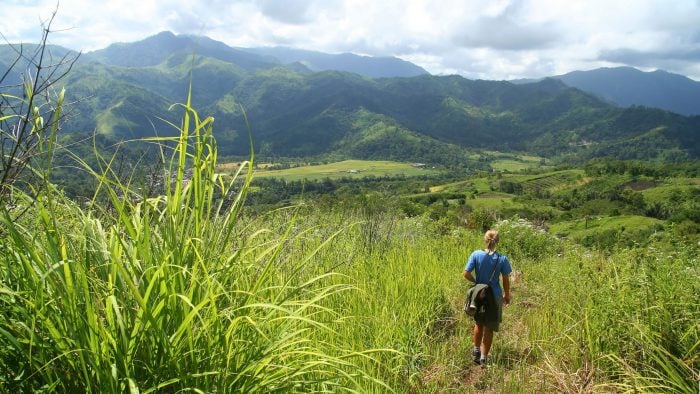
Kelimutu National Park
Flores, INDONESIA
On the Indonesian island of Flores, the mountainous region of Kelimutu National Park contains the island’s highest peak 1,731-metre Mount Kelibara, and the main attraction of Mount Kelimutu which sits alongside three vividly coloured crater lakes. The surrounding pine forest is also notable for its abundance of endangered plant and animal species, including the Javan rusa and the Drongo. See the sunrise over Kelimutu and then hike through the forest to the lake.
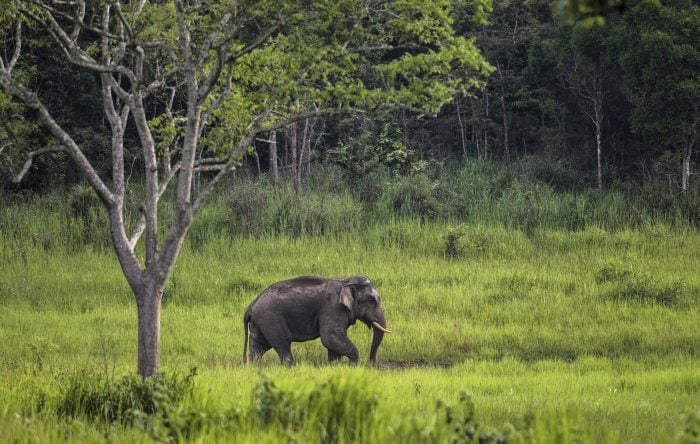
Khao Yai National Park
THAILAND
Spread across 300 square kilometres of Thailand’s Sankamphaeng mountain range, the national park of Khao Yai ranges from 400 to 1000 metres in altitude, with the exception of the park’s highest mountain, which rises to 1,351 metres. This range in altitude encompasses grassland and evergreen forest, with an abundance of wildlife, such as wild elephants, gibbon and the Asian black bear. Of the park’s waterfalls, Heo Narok is the most impressive at 80 metres. Try out kayaking and rafting, or explore the park’s 50 kilometres of hiking trails.
